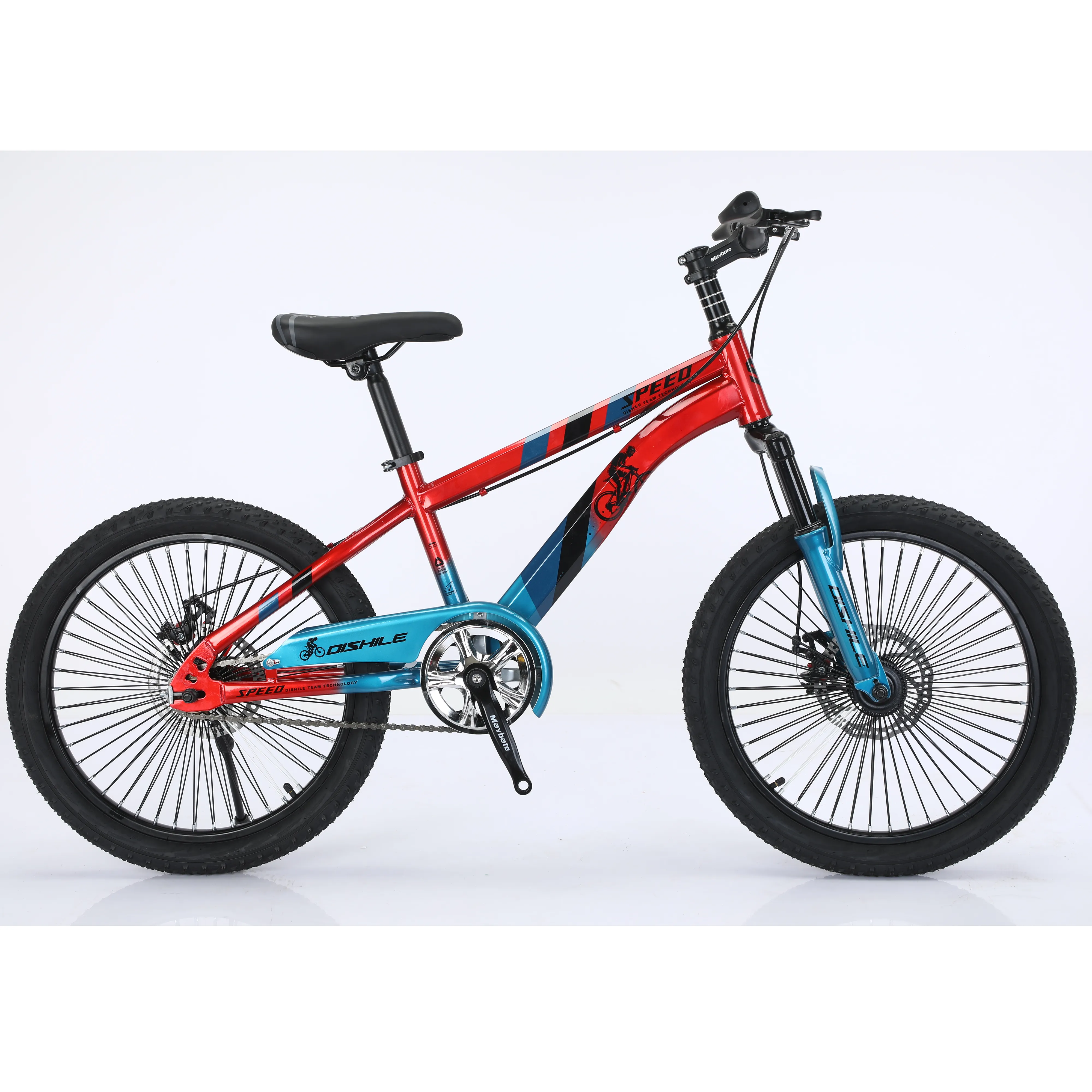Mar . 04, 2025 02:56
Back to list
mountain bike use
Mountain biking has evolved from a simple off-road activity to a diverse sport enjoyed by enthusiasts worldwide. This transformation has been accompanied by the development of distinct mountain biking disciplines, each requiring specialized equipment. To help you navigate the myriad of options available, we'll delve into the essential factors to consider when choosing a mountain bike, enhancing your understanding and guiding you towards a more informed purchase.
Regardless of the type, mountain bike frame material is a critical consideration. Common materials include aluminum, carbon fiber, steel, and titanium, each offering distinct advantages. Aluminum is popular for its strength and affordability, while carbon fiber is prized for its lightweight and vibration-damping properties. Steel provides a smooth ride and is known for durability, whereas titanium combines lightness with strength but often comes at a higher price. The components of your mountain bike can significantly impact your ride quality and performance. Focus on key parts such as the suspension system, drivetrain, brakes, and wheel size. Modern bikes offer advanced suspension systems that efficiently absorb shocks and maintain traction, crucial for navigating challenging terrains. Brands offer diverse drivetrain configurations, with 1x drivetrains becoming increasingly popular for their simplicity and reliability. Hydraulic disc brakes are a standard due to their superior stopping power and performance in varied conditions. Wheel size, an often-debated topic among enthusiasts, can drastically affect a bike's handling and speed. The 29-inch wheels provide better momentum and rolling efficiency over obstacles, while 27.5-inch wheels deliver a more nimble and responsive ride, suited for tight trails and quick maneuvers. Mountain biking experience is not solely defined by the bike itself; proper fit and maintenance are equally vital. Ensuring your bike fits your body can enhance comfort and efficiency, so consult a professional for bike fitting services. Regular maintenance routines, like checking tire pressure, cleaning and lubricating the drivetrain, and examining the suspension, can extend your bike's life and performance. Making informed decisions depends on understanding your preferences and riding style. Immerse yourself in the thriving mountain biking community, where you can exchange insights and experiences, consult experts, and perhaps even test different bikes. As you explore this exhilarating sport, the right mountain bike will be your most trusted companion on the trails, helping you capture the thrill of nature and adventure with every ride.


Regardless of the type, mountain bike frame material is a critical consideration. Common materials include aluminum, carbon fiber, steel, and titanium, each offering distinct advantages. Aluminum is popular for its strength and affordability, while carbon fiber is prized for its lightweight and vibration-damping properties. Steel provides a smooth ride and is known for durability, whereas titanium combines lightness with strength but often comes at a higher price. The components of your mountain bike can significantly impact your ride quality and performance. Focus on key parts such as the suspension system, drivetrain, brakes, and wheel size. Modern bikes offer advanced suspension systems that efficiently absorb shocks and maintain traction, crucial for navigating challenging terrains. Brands offer diverse drivetrain configurations, with 1x drivetrains becoming increasingly popular for their simplicity and reliability. Hydraulic disc brakes are a standard due to their superior stopping power and performance in varied conditions. Wheel size, an often-debated topic among enthusiasts, can drastically affect a bike's handling and speed. The 29-inch wheels provide better momentum and rolling efficiency over obstacles, while 27.5-inch wheels deliver a more nimble and responsive ride, suited for tight trails and quick maneuvers. Mountain biking experience is not solely defined by the bike itself; proper fit and maintenance are equally vital. Ensuring your bike fits your body can enhance comfort and efficiency, so consult a professional for bike fitting services. Regular maintenance routines, like checking tire pressure, cleaning and lubricating the drivetrain, and examining the suspension, can extend your bike's life and performance. Making informed decisions depends on understanding your preferences and riding style. Immerse yourself in the thriving mountain biking community, where you can exchange insights and experiences, consult experts, and perhaps even test different bikes. As you explore this exhilarating sport, the right mountain bike will be your most trusted companion on the trails, helping you capture the thrill of nature and adventure with every ride.
Prev:
Next:
Latest news
-
Baby Balance Bike OEM Service – Kids No-Pedal, LightweightNewsNov.10,2025
-
OEM Kids Bike Children Bicycle – Cheap Wholesale BicyclesNewsNov.10,2025
-
Kids Bike New Model 12–18 inch Boys & Girls Bike, AdjustableNewsNov.10,2025
-
China Cheap Price Safe Kids Bike for 10yo w/ Training WheelsNewsNov.10,2025
-
China CE-Certified Kids Balance Bike, Guaranteed QualityNewsNov.10,2025
-
Colorful Outdoor Flashing Carton Children Scooter for KidsNewsNov.10,2025
-
Best Price Kids Balance Bike – Superior Quality, No PedalsNewsNov.10,2025








